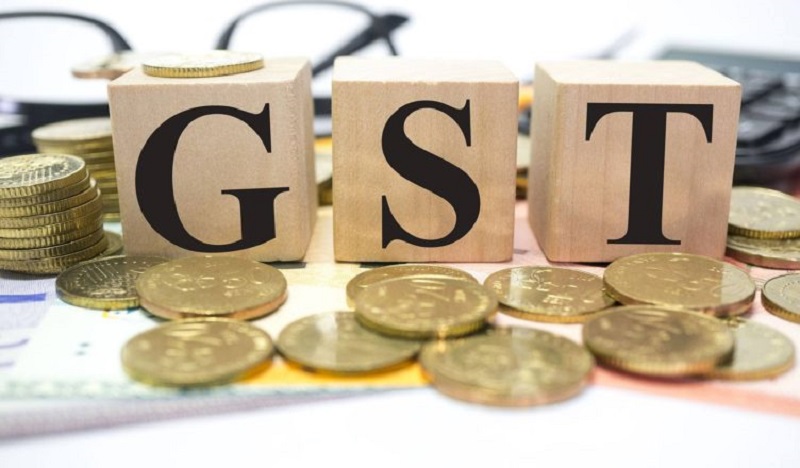If you are a business registered under the Goods and Services Tax Act not having enough revenue to file returns but still stuck filing nil returns, then the relief measures are on-board. The tax slabs under GST are 0% nil, 5%, 12%, 18%, and 28% respectively. The businesses file returns as per the category in which they fall. However, even if your business doesn’t belong to any of the categories, then also, as per the rules, you are required to file a zero-liability return. But does it feels like more than required?

A new simplified procedure
Since the government has been observing the ill-effects of the complex GST, it has finally decided to make it simpler. And surprisingly, the nil-return filers are the top priority of the GST Council. The records show that most of the taxpayers have been filing nil returns since last six months. Due to the strictness of the rules of the GST regime, the people have been continuing filing return with no objection about the same. After keeping the wool over the people’s eyes, the government finally allows:
- The businesses having a record of filing nil-returns for six consecutive months will now file returns bi-annually.
- The businesses falling into the general category of GST, that is INR 20 lacs of turnover/month, will be allowed to file returns once in a month.
The people have long been taking the assistance of GST software demo India to simply the taxation. But even after the technological advancement, the burden of filing return thrice in a month and 37 times in a financial year made the businesses stagnant. Let’s take a look at the main changes to be implemented in the GST return filing procedure:
- 10th of the next month- The return filing date for the businesses having a turnover of INR 1.5 crores.
- 20th of the next month- The return filing date for the rest of the businesses.
- No burden on the businesses having turnover below INR 1.5 crores to comply with HSN codes in the return form.
- Three months of time will be allowed to the businesses to make the correct or modify the invoices.
- The supplier’s liable tax invoice would settle the input tax credit.
Once these rules get rolled-out in a phased manner, the technology of GST software demo India would make the compliance even more convenient. As building the Goods and Services Tax Network (GSTN) is time-consuming, the changes in the rules will also be made accordingly.
Above all
The government would have to figure a full proof way to match the tax credit with the tax payments. However, the best idea would be to utilize the smartest of IT technologies and build a seamless and automated process that could do the task of matching taxes and credits. The icing on the cake would be the government launching the ‘one-click’ GSTR3B filing system that it promised in the beginning.

